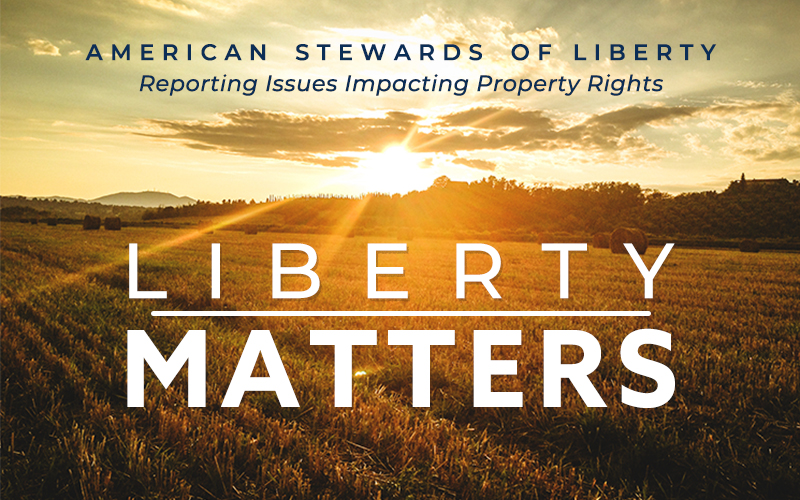The U.S. Fish and Wildlife Service (Service) placed the Golden-cheeked warbler (GCW) under federal protection in 1990, as an endangered species. The GCW’s habitat covers a wide swath of Texas land that stretches above Fort Worth and down to the Mexican border. The decision was highly controversial as many disputed the Service’s findings as not being supported by science.
The Service is preparing a status review of the GCW, along with 22 other species in the southwest region. American Stewards of Liberty (ASL) filed comments last week providing the scientific basis for delisting the species.
“ASL finds the results of the Service’s recent study particularly significant for the following reasons. At the time the GCWA was listed, there were thought to exist only 15,000-17,000 singing males throughout the species range. In the Service’s 2014 5-year review of the GCWA, the agency acknowledged that a peer-reviewed, published 2012 study by Mathewson, et al. estimated the rangewide population of male GCWAs to be 263,339. The Service discounted these results, however, because ‘others have cautioned that this analysis may have over- predicted density estimates, resulting in inflated population estimates.’ Given the results of the Service’s more recent study are consistent with the results of Mathewson et al. 2012, ASL suggests that the species is not currently threatened with extinction across all or a significant portion of its range and likely never has been.” (ASL GWCA Comments)
The Service’s website shows 177 Habitat Conservation Plans and one Safe Harbor Plan in place across the region, an area almost exclusively private property. Substantial amounts of money have been poured into protecting the species. For a bird whose male population is greater than 250,000 with substantial habitat, it seems more than reasonable the Service would determine to remove the species from the endangered list.





